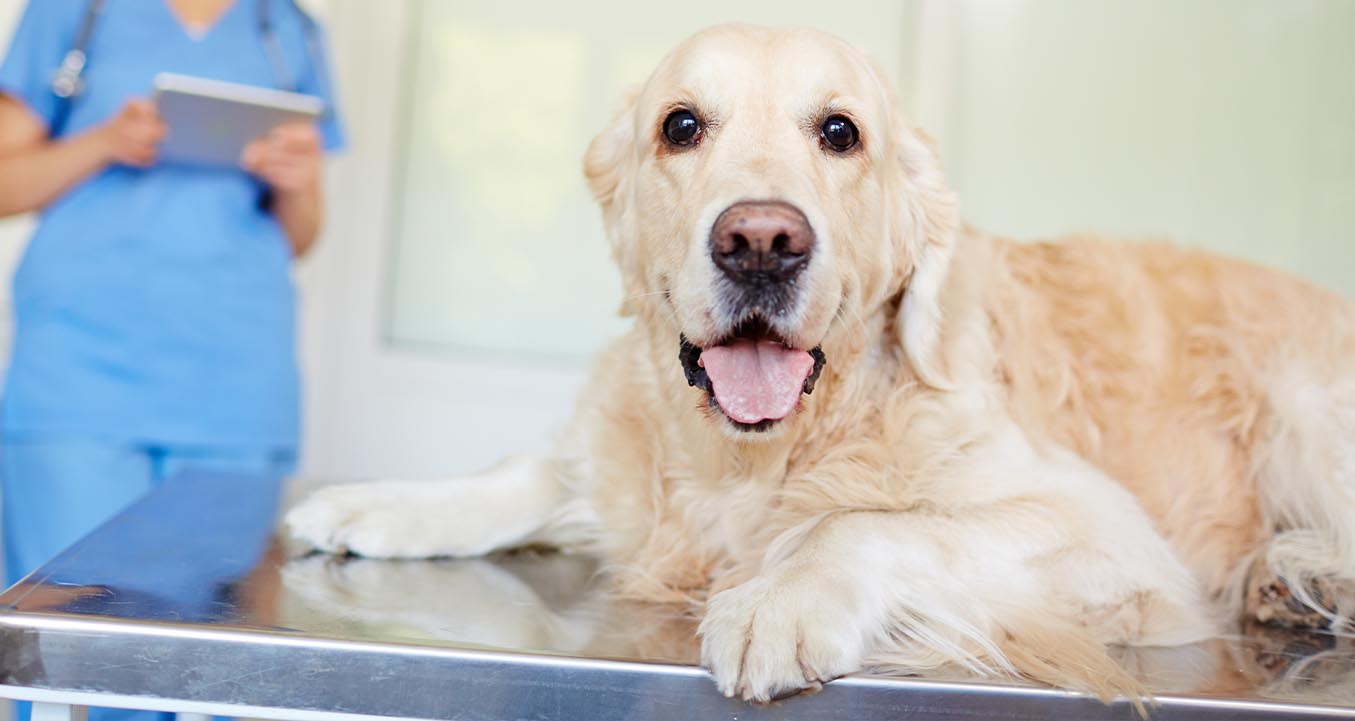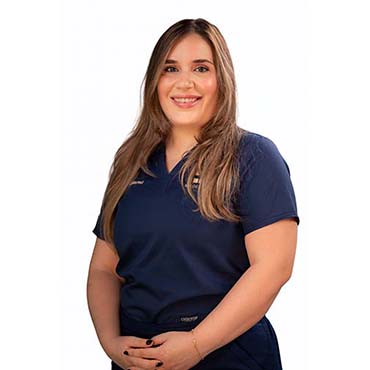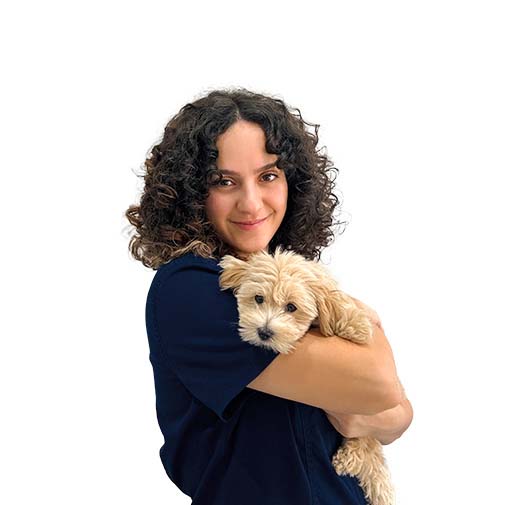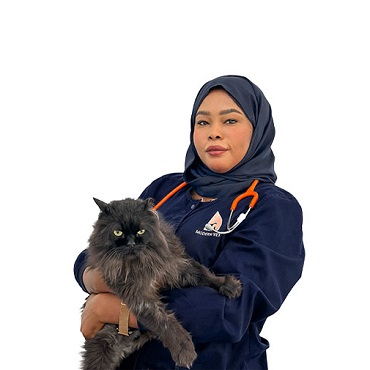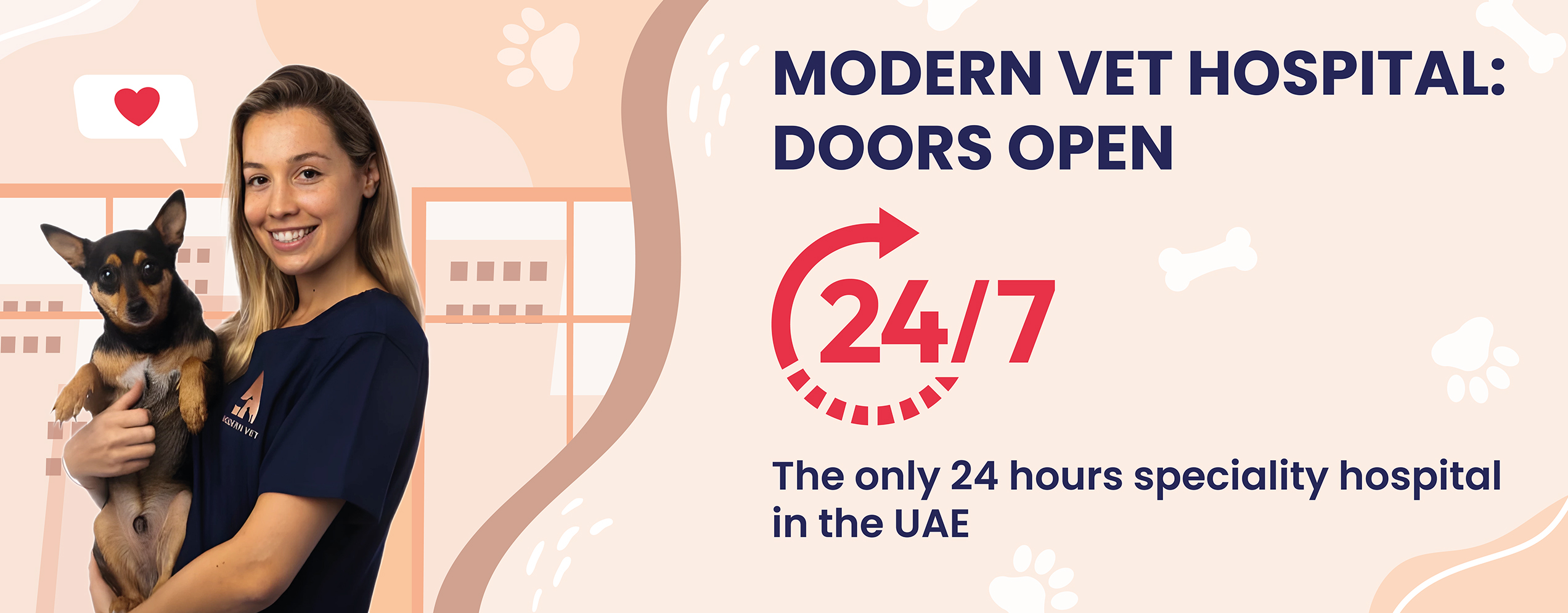At ModernVet, we are committed wholeheartedly to improving the wellbeing of your faithful canines with our state-of-the-art dog spay and neuter services. Making the decision to spay or neuter your pet is one of the most meaningful decisions you will make as a canine owner. It’s an ultimate display of love that goes beyond not having unwanted litters, impacting your dog’s lifelong health, behavior, and general wellbeing.
Recognizing the immense effect such procedures can make, we utilize state-of-the-art veterinary procedures and utmost caring compassion so you can experience a safe and comfortable stay for your dear pet. Our qualified veterinary team is dedicated to delivering superior medical healthcare, minimizing significantly any risk of developing health problems in the future, and encouraging more stable, consistent behavior. Rely on ModernVet for your canine’s needs for spaying or neutering, and partner with us in our endeavor towards raising healthier, happier lives for animals in our community.
This in-depth guide will cover what is involved in spaying and neutering, the wide range of benefits, when it’s best to do the procedure, and what to anticipate following recovery, so you have all the information you need to make a comfortable and educated decision.
Key Reasons Why Your Dog Should Be Spayed or Neutered:
Prevents Life-Threatening Uterine Infections Like Pyometra
Reduces Aggression and Hormone-Driven Roaming
Reduces Risk of Ovarian, Uterine, and Mammary Tumors
Prevents Undesirable Behaviors Like Mounting and Marking
Eliminates Risk of Testicular Cancer in Males
Helps Control Pet Overpopulation and Saves Lives
Prevents Painful Prostate Enlargement and Infections
Decreases Risk of Road Accidents and Fights
Avoids Pregnancy and Dangerous Delivery Complications
Improves Your Pet’s Quality of Life and Longevity
Encourages Calmer, More Even-Tempered Behavior
24/7 Expert Surgical Care and Post-Op Support at Modern Vet

What is Spaying and Neutering?
Spaying and neutering are veterinary surgeries which are used by a veterinarian to make a dog unable to reproduce. Both are types of sterilization, except for the specific surgery, which varies according to the sex of a dog. It is essential to know that such procedures are not reversible; a dog once subjected is unable to reproduce again.
- Spaying (Ovariohysterectomy) for Female Dogs: The surgical procedure involves removing the ovaries and uterus from a female dog. The procedure eliminates all reproductive functions in female dogs by preventing heat cycles, pregnancy and puppy birth.
- Neutering (Orchiectomy) for Male Dogs: The surgical procedure of neutering or castration involves removing the testicles of male dogs. The procedure eliminates both the ability to produce offspring and the main source of testosterone, which controls various mating behaviors in dogs.
Why Spay or Neuter Your Dog?
There are many compelling reasons to spay or neuter your dog, including an extensive list of precious health, behavior, and community-at-large benefits that assure a healthier, longer life for your pet.
Health Benefits for Female Dogs (Spaying)
Spaying your female dog is a safe, preventive healthcare procedure.
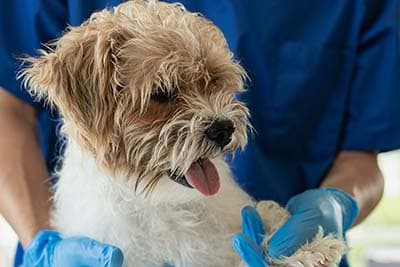
Health Benefits for Female Dogs (Spaying)
Spaying your female dog is a safe, preventive healthcare procedure.
- Prevents Pyometra: Spaying entirely removes the risk of pyometra, a life-threatening infection of the uterus. This occurs in as many as one in four unspayed female dogs and usually involves complicated emergency surgery.
- Reduces Cancer Risk: Spaying eliminates risks for ovarian and uterine cancer. In addition, spaying a female dog prior to her first heat cycle significantly reduces the risk of mammary (breast) tumors, the most prevalent tumor to occur in unspayed females. An unspayed female is 200 times more likely to develop mammary tumors than one spayed prior to her first heat.
- Prevents Pregnancy Complications: Giving birth is always risky, and spaying enables your dog to steer clear of any resulting pregnancy and delivery complications.
Health Benefits in Male Dogs (Neutering)
Neutering provides male dogs with great protection from typical and serious diseases.
- Prevents Testicular Cancer: Neutering through testicular removal totally eradicates the risk of testicular cancer.
- Reduces Prostate Problems: The testosterone hormone in the male dog causes the prostate gland to enlarge throughout a dog’s lifetime, leading to pain, urinating or defecating problems, and excruciating infection (prostatitis). Neutering reduces the size of the prostate, thus avoiding such frequent ailments in older males.
- Prevents Certain Hernias and Tumors: The surgery stops perianal hernias and some tumors in and around the anus due to the effect of testosterone.
Behavioral Advantage to Both Males and Females
The decrease in sex hormones after spaying or neutering can lead to a more relaxed, even-tempered pet.
- Reduces Roaming and Escaping: Intact dogs possess an uncontrollable desire to roam for a mate, putting them at utmost risk of automobile accidents, fighting with other animals, and being lost. Spaying or neutering greatly reduces this desire, keeping them safer indoors.
- Reduces Aggression: No magic bullet for behavior problems, but neutering can remove hormone-aggravated aggression, especially between males. Spaying removes irritability displayed by some females during heat cycles.
- Reduces Inappropriate Sexual Behaviors: Neutering largely eliminates such undesirable activities as mounting or “humping” and marking urination territoriality.
Community and Societal Benefits
Having your pet spayed or neutered is the most rational choice with long-term advantages that go well beyond your very own home. It is the best solution to prevent the overpopulation of pets. An estimated million stray pets are being euthanized annually in shelters solely because there are not enough homes to accommodate them. By having your dog spayed, you are an eager participant in the solution and stop contributing to this sad dilemma.
Services Offered At A Dog Spaying & Neutering Include:
Pre-Surgical Health Evaluation & Blood Tests
Preventive Care for Pyometra & Reproductive Diseases
Safe, Painless Spay & Neuter Procedures
Post-Operative Wound Care & Check-Ups
Laparoscopic & Traditional Surgery Options
Weight & Nutrition Management After Surgery
Certified Anesthesia & Monitoring Systems
Microchipping & ID Tagging During Visits
Pain-Free Recovery Plans & Aftercare Instructions
Hormone-Balancing & Long-Term Health Monitoring
Hormonal & Behavioral Health Consultations
24/7 Emergency Surgical Support at Modern Vet

When is the Best Time to Spay or Neuter?
The debate about the ideal time for spaying or neutering female and male dogs continues to exist. The six-month rule for spaying or neutering dogs no longer stands as an absolute requirement because it depends on breed, size and lifestyle.
- Small and Medium-Sized Breeds (< ~20kg or 45lbs): The medical community supports standard guidelines for early spaying or neutering at roughly six months old, even for smaller breeds. The chosen age prevents the first estrus in females and provides the highest protection against breast cancer.
- Large and Giant Breeds (over ~20kg or 45lbs): Research indicates that delaying neutering until large and giant breeds reach musculoskeletal maturity between 9 and 18 months may provide benefits. The sex hormones influence bone and joint development, so postponing this procedure in these breeds might decrease the chances of hip dysplasia and cruciate ligament tears, together with specific cancers.
The decision regarding the optimal time for surgery should be made through discussions with your veterinarian. Your veterinarian will evaluate your dog’s breed along with its health status and living environment to determine the most suitable time for surgery.
The ModernVet Experience: Preparing Your Pet for Surgery and What to Expect
Your understanding of the surgical process in advance helps reduce your nervousness about the entire process.
Pre-Surgical Consult
A complete physical examination will be performed on your dog before surgery to confirm their health status for anesthesia. The medical team at the clinic will provide blood tests to detect any conditions that could create risks before the procedure. The examination period offers the best opportunity to pose your questions to our veterinary team about your worries.
The Day of the Procedure
You must bring your dog to the clinic during morning hours after overnight fasting, as the clinic instructed. The staff at our clinic will make your beloved pet comfortable before starting the day. The dog will receive general anesthesia while trained technicians will track its heart rhythm, lung function and other vital signs using advanced monitoring devices. A clean environment serves as our practice setting, and we use pain control measures before surgery, as well as during the operation and after the procedure.
Postoperative Care and Recovery
The successful recovery of your pet after neutering or spaying depends heavily on your involvement. The normal recovery time for this procedure spans between 10 and 14 days. Your pet will experience drowsiness and decreased activity while showing reduced appetite during the first 24-48 hours after surgery. The anaesthesia causes these reactions in your pet. Create a quiet space for your pet to recover peacefully from surgery without any other animals or children present. The dog should not remain completely isolated during its first few hours after surgery.
- Limiting Activity (The Entire 10-14 Days): Most intense period of rehabilitation. The dog needs to avoid all forms of running and jumping, together with any form of active play. Active movements increase the risk of swelling or cause the surgical incision to reopen. The dog can only have short, controlled leash walks for bathroom needs.
- You need to check the surgical incision line daily for any signs of issues. The normal healing process includes minor swelling and redness, but excessive redness with discharge or bleeding or severe swelling indicates problems. The incision line should remain untouched by your dog because licking it creates infections and causes stitch displacement. The patient needs a surgical recovery suit or an Elizabethan collar (e-collar or “cone”) as an essential part of the treatment. Keep the incision line dry since you need to avoid bathing or swimming the dog for two weeks.
- Every puppy receiving Spaying and Neutering at Modern Vet receives Hills’s Science Plan recovery food for free to support their surgical recovery process. The Hills’ Science Plan recovery food benefit is available only for puppies undergoing the procedure at Modern Vet.
A Commitment to Your Pet’s Future
Spaying or neutering your dog is a responsible decision which yields a lifetime of behavior and health advantages. At ModernVet, we recognize how crucial this surgical operation is and are dedicated to delivering an experience which is safe, comfortable and grounded in a foundation of advanced veterinary medicine and kindness. By ensuring the long-term health and well-being of your pet, you are not only making it for your cherished companion animal, you are making it for the greater pet population.
As a special promotion, any puppy having its Spaying and Neutering at Modern Vet receives a complimentary sack of Hill’s Science Plan recovery food for assistance in recovery following a surgical operation. Adult dogs do not qualify for this food promotion.
Take care of the health and happiness of your pet with our spay and neuter operations. Call us or book online at to schedule your appointment and give your furry friend the exceptional care they deserve.
FREQUENTLY ASKED QUESTIONS
Learn more about "DOG SPAYING & NEUTERING-New design"
Caring for an animal is much more than having medical knowledge. It requires dedication and empathy. Here’s what we’re doing differently at our clinic because pets deserve a higher level of care. That’s why numerous families from every part of the city keep choosing us.
